In Washington, the White House is witnessing a dramatic transformation on its eastern side: demolition of the existing East Wing structure has begun. This intervention, which marks a significant expansion of the construction project announced during the summer of 2025, is aimed at building the White House State Ballroom, a lavish new Presidential Ballroom desired by current President Donald Trump. Demolition work on the East Wing began a few hours ago 2025. White House officials reported that the entire East Wing would be “modernized and rebuilt.” According to sources inside the project, the complete demolition of the East Wing could be completed by the end of that week in October. The total cost of the work was initially estimated to be around $200 million, although other sources spoke of $250 million or even $300 million, as stated by President Donald Trump himself.
The project involves the construction of a gigantic Ballroom of about 8,000 square meters, when the current area of the White House, to get an idea, is just over 5,000 square meters. Initially, the facility was expected to accommodate up to 650 people for events. However, this capacity was later revised to 900 people, and President Trump even touted a capacity of 999 people. The Trump Administration justified the work by pointing out that for 150 years presidents, administrations, and White House staff have wanted a large event space and that there have been several makeovers in history to the building that houses the presidency of the United States of America. According to the administration, the White House is currently unable to host major functions honoring world leaders or other countries without resorting to the installation of a large and “unsightly tent” about 100 feet from the main entrance. The East Room, the current largest space in the White House, can only accommodate about 200 seated people. The White House State Ballroom is presented as a “necessary” addition. The project is by McCrery Architects, known for its classic architectural design. Jim McCrery, CEO of the firm, expressed the honor of being commissioned to make this “beautiful and necessary renovation” to the White House while maintaining the elegance of the classic design and historical significance. Clark Construction, which was awarded the $200 million contract, was in charge of the work, while the engineering team is led by AECOM. Work was scheduled to begin in September 2025, with construction completed well before the end of the presidential term, or by early 2029.
The project is presented as being funded entirely by private donations. President Trump and “other patriotic donors” pledged to donate the necessary funds, assuring that the work would cost taxpayers nothing. Among the private funds, $22 million would come from YouTube, a subsidiary of Google, as part of a settlement reached in a 2021 lawsuit filed by Trump against the company. However, the White House did not provide a detailed list of donors or the exact figure for the president’s personal contribution, raising ethical and legal questions.
Initially, the Administration had sought to minimize the impact on the existing structure. On July 31, President Trump had stated that the new ballroom “would not interfere with the current building,” would not “touch it,” and would show “total respect for the existing building, of which I am the biggest fan.” Also on September 13, White House spokeswoman Karoline Leavitt had stated that “nothing will be demolished” during the renovation.
However, these claims have been belied by the facts and subsequent administration announcements. By October 21, 2025, demolition was in fact already underway. On October 22, a White House official confirmed that the entire East Wing would be “modernized and rebuilt.”
President Trump himself, during an event in the Oval Office on Oct. 22, explained the change of course. As reported by the BBC, he justified the need for the demolition by saying that after “an enormous amount of study with some of the best architects in the world,” it had been determined that “knocking it down” was necessary because “there was not much left of the original” in the East Wing and that, in order to do the job properly, it was necessary to remove the existing structure. Trump added that the East Wing had been changed over the course of 100 years, with columns removed, and had never been “much considered.” He also indicated that once the project was completed, it would be possible to walk directly from the East Room of the White House to the ballroom, suggesting that the construction would actually touch the main building, contradicting his earlier promises.
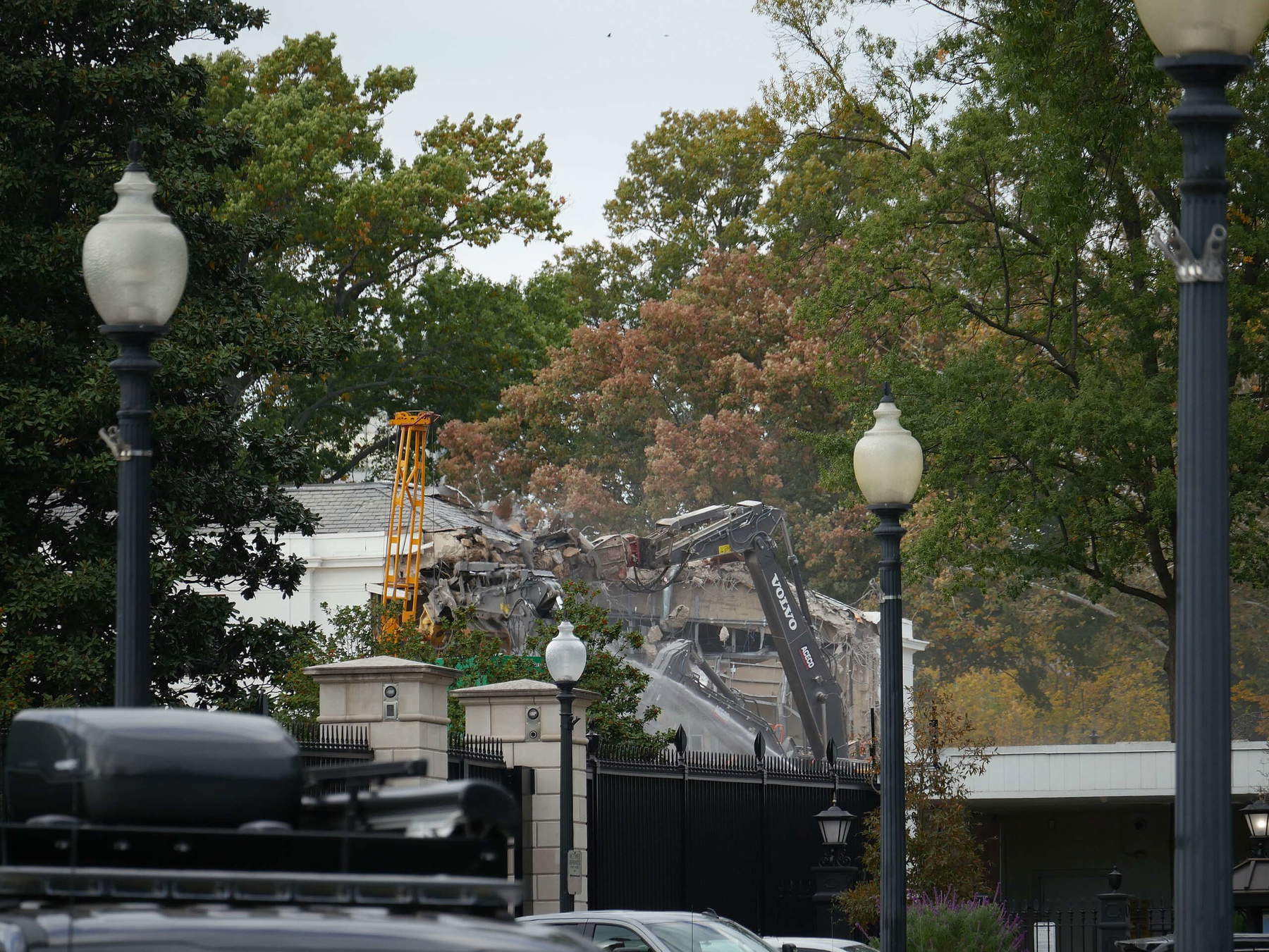
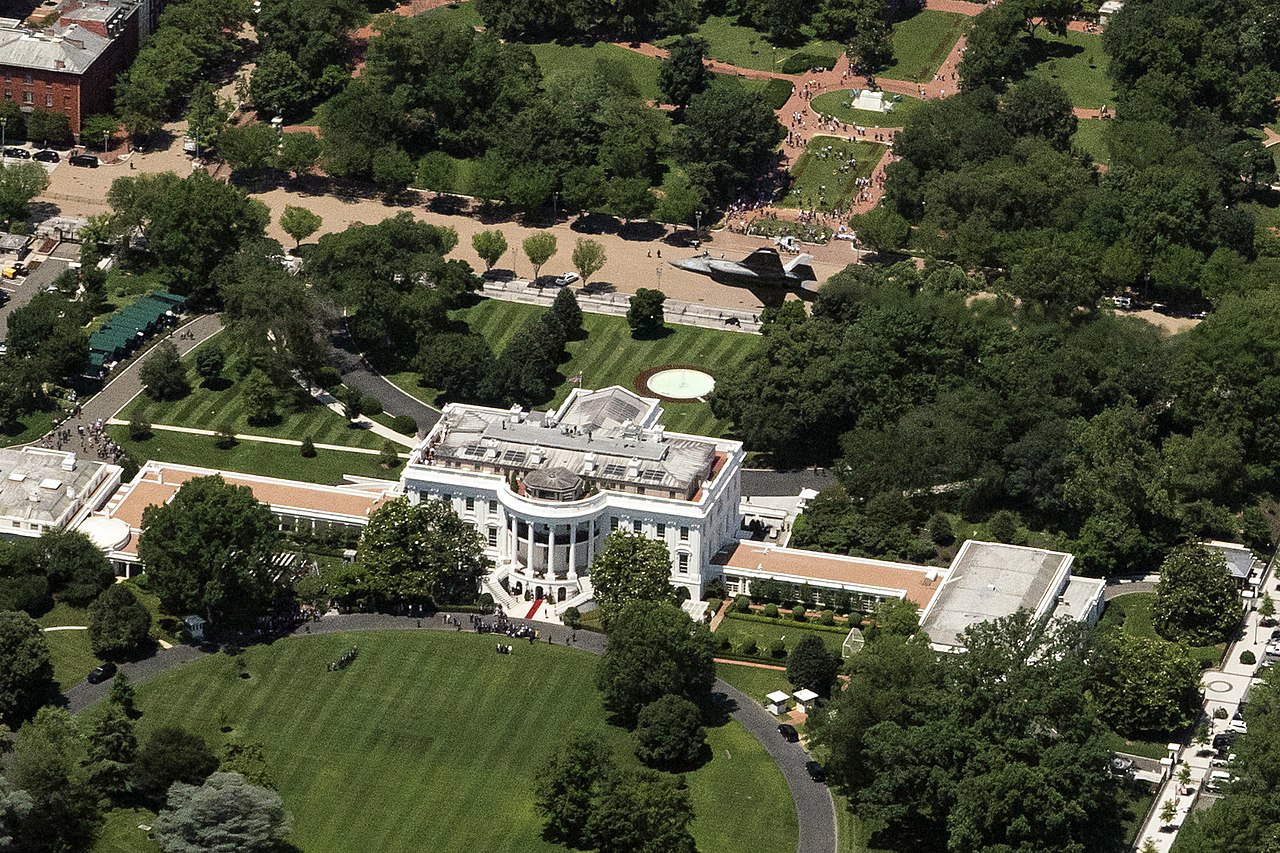
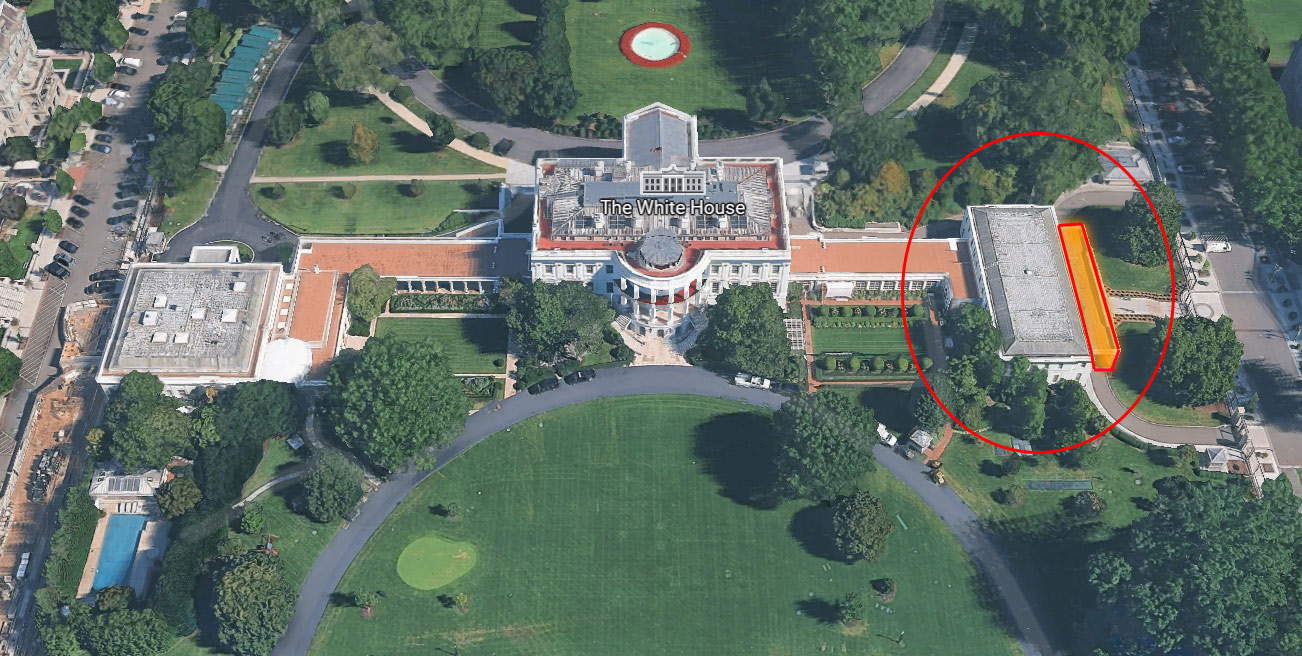
The East Wing was part of the White House complex. Although President Thomas Jefferson added colonnaded loggias to the east and west sides of the building, the actual wings did not initially exist. The first small East Wing was built during Theodore Roosevelt ’s renovations in 1902 as an entrance for formal and public visitors, and contained primarily a long coat and hat closet. A significant expansion and renovation of the East Wing, adding a second floor, occurred in 1942, primarily to cover the construction of an underground bunker, now known as the Presidential Emergency Operations Center (PEOC).
Over the years, the East Wing has housed important offices. It was home to the office of the First Lady and her staff, including the White House Social Secretary and the Office of Graphics and Calligraphy. The Social Secretary is responsible for preparing all invitations and written correspondence for every White House event. Rosalynn Carter was the first First Lady to maintain her own office in the East Wing in 1977.
The East Wing also included theEast Colonnade, a corridor housing the White House Family Theater. Typically, visitors taking tours or attending events would enter through the East Wing Visitors’ Office, continue through the wood-paneled atrium (where portraits of presidents and First Ladies hung), through the Garden Room, and then along the East Colonnade, from which one could view the Jacqueline Kennedy Garden, past the theater to reach the Visitors’ Foyer and finally the residence on the ground floor.
As demolition began, the First Lady’s office and other components of the East Wing, including calligraphers and correspondence staff, were relocated to other areas of the White House complex and to the Eisenhower Executive Office Building (EEOB). The First Lady’s staff was moved more than a month before demolition began. During the demolition, historic items in the East Wing were preserved and stored under the supervision of the White House Executive Residence, the National Park Service, and with the support of the White House Historical Association.
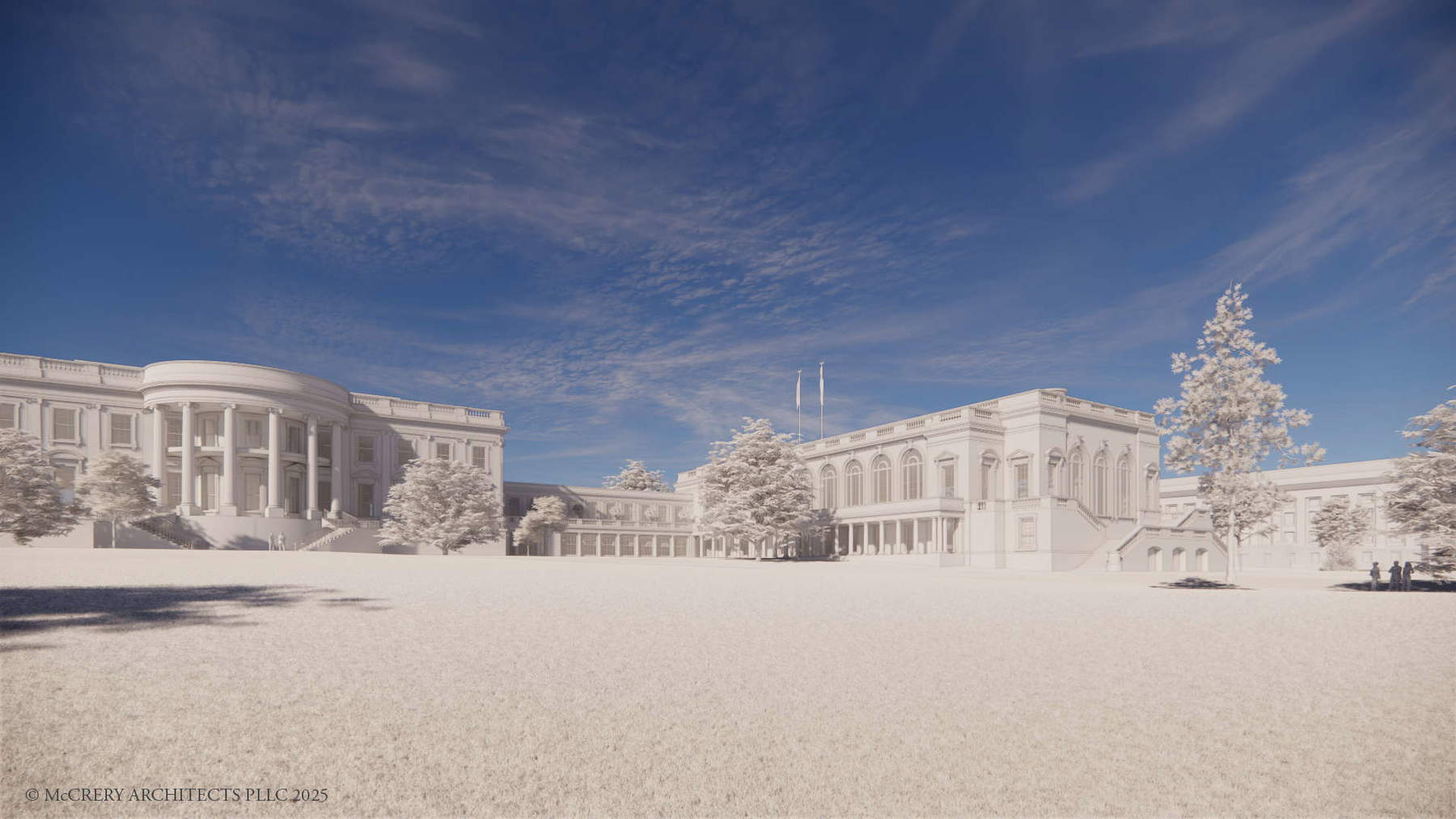
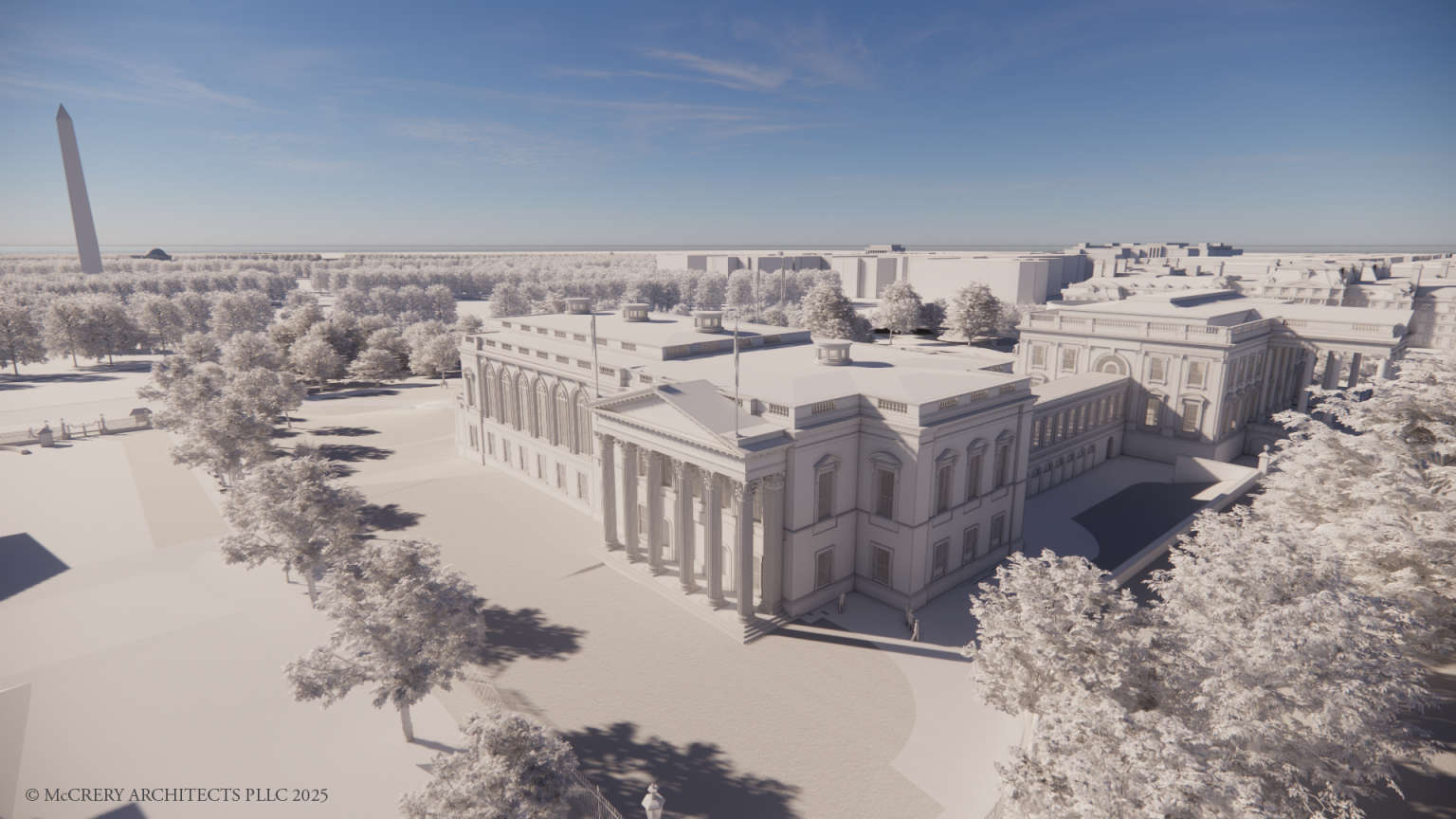
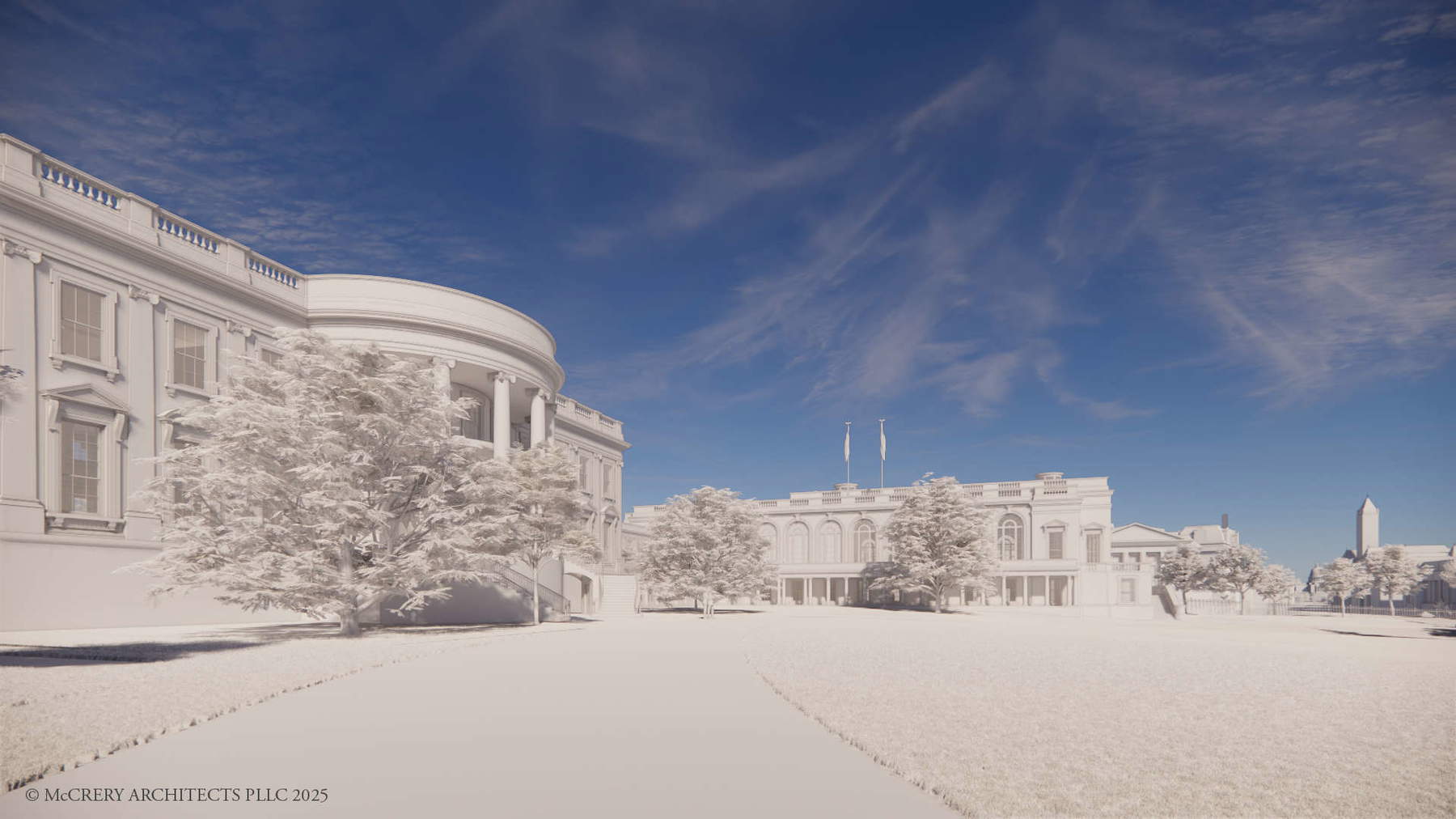
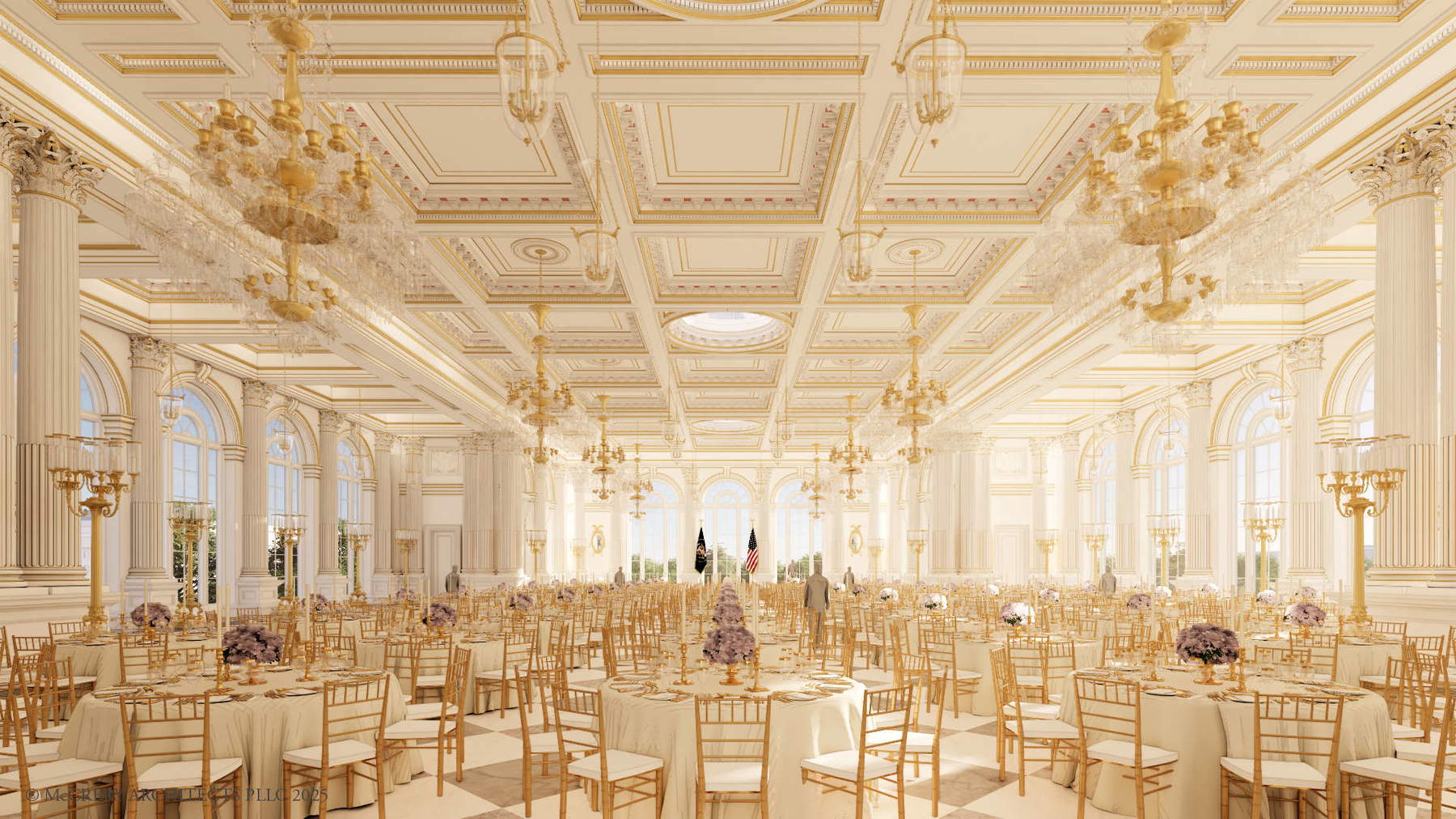
The demolition of the East Wing has triggered a wave of criticism, particularly from historic preservation groups and political figures. The National Trust for Historic Preservation (National Trust), a nonprofit organization dedicated to protecting historic sites, expressed “deep concern” about the project. The association raised objections on Oct. 21, noting that the demolition was already underway without having been publicly announced. The National Trust sent a letter to White House staff, the National Capital Planning Commission (NCPC), the National Park Service and the Commission of Fine Arts. The organization fears that an 8,000-square-foot ballroom will “overwhelm” the White House and “permanently destroy the carefully balanced balance of the White House’s classic design with its two smaller, lower wings, East and West.”
The National Trust urged the Administration to suspend demolition until plans for the ballroom have gone through the legally required public review processes, including consultation and review by the National Capital Planning Commission (NCPC) and the Commission of Fine Arts. These procedures, according to the National Trust, offer a crucial opportunity for transparency and broad involvement, values that have guided the preservation of the White House since the 1792 public competition that produced the building’s original design. The National Trust has offered its willingness to assist the Administration in exploring design alternatives that honor the building’s historic integrity.
In fact, demolition has begun without formal review by the National Capital Planning Commission, the executive branch agency that oversees federal construction. President Trump had appointed one of his senior advisers, Will Scharf, to head the commission. Scharf had distinguished between demolition and reconstruction work, arguing that the Commission had jurisdiction only over reconstruction. Although demolition was already underway, the White House later said it would submit plans for construction to the NCPC. Changes to the building must also go through the Advisory Council on Historic Preservation, the District of Columbia State Historic Preservation Office and the Office of Management and Budget, in accordance with the National Historic Preservation Act.
Prominent political figures have openly criticized the project. Former first lady Hillary Clinton expressed her disappointment, writing that the White House “is not her home” and that the president “is destroying it.” The White House dismissed the criticism in an official note, calling it “artfully constructed outrage” from the “deranged left.” The same note recalled that previous presidents have also made changes to the White House. Indeed, the administration has defended the project by placing it in a long tradition of presidential modifications.
Since its construction began in 1792, presidents have added to or modified the complex, the administration pointed out. After the 1812 fire by the British, the residence was rebuilt. President Thomas Jefferson added east and west colonnades. Theodore Roosevelt added the west wing (West Wing) in 1902 to create a space dedicated to the president and his chief staff, establishing the modern executive office, along with a colonial garden and the East Terrace, which became the East Wing. In 1909, William Howard Taft expanded the West Wing to include the construction of the first Oval Office. Again, Franklin D. Roosevelt renovated the West Wing in 1934, adding a second floor, a larger basement and swimming pool, and moving the Oval Office to its current location. Construction of the present East Wing dates from 1942, also under Roosevelt. More recently, John F. Kennedy built the modern Rose Garden in 1962. Richard Nixon converted FDR’s indoor pool into an office for the growing White House press corps in 1970 and added a bowling alley in the basement in 1973. Gerald Ford installed an outdoor pool in 1975, privately funded. In 2009, Barack Obama renovated the south grounds tennis court by turning it into a basketball court and added the White House vegetable garden on the south lawn. In 2020, Trump himself had completed a new tennis pavilion. However, these are changes, critics point out, that certainly do not have the impact of the grand ballroom: at 8,000 square feet, the risk, according to those who are opposing the project, is to disproportionately alter the balance of the historic structure.
The Trump Administration argues that the objections raised against the ballroom addition are similar to those raised against previous projects, which were eventually accepted as part of the White House’s evolving history. Despite the controversy, the process of demolishing the East Wing facade, and potentially its entirety, continues. The White House Social Secretary, responsible for all invitations and written correspondence for events, was one of the offices located in the East Wing and has now been relocated. The project, intended to change the configuration of the White House complex for future generations and administrations, has already required security improvements and modifications provided by the Secret Service. The Administration insists that, as with past changes, the addition of the ballroom is a necessary step to maintain the executive residence as a beacon of American excellence.
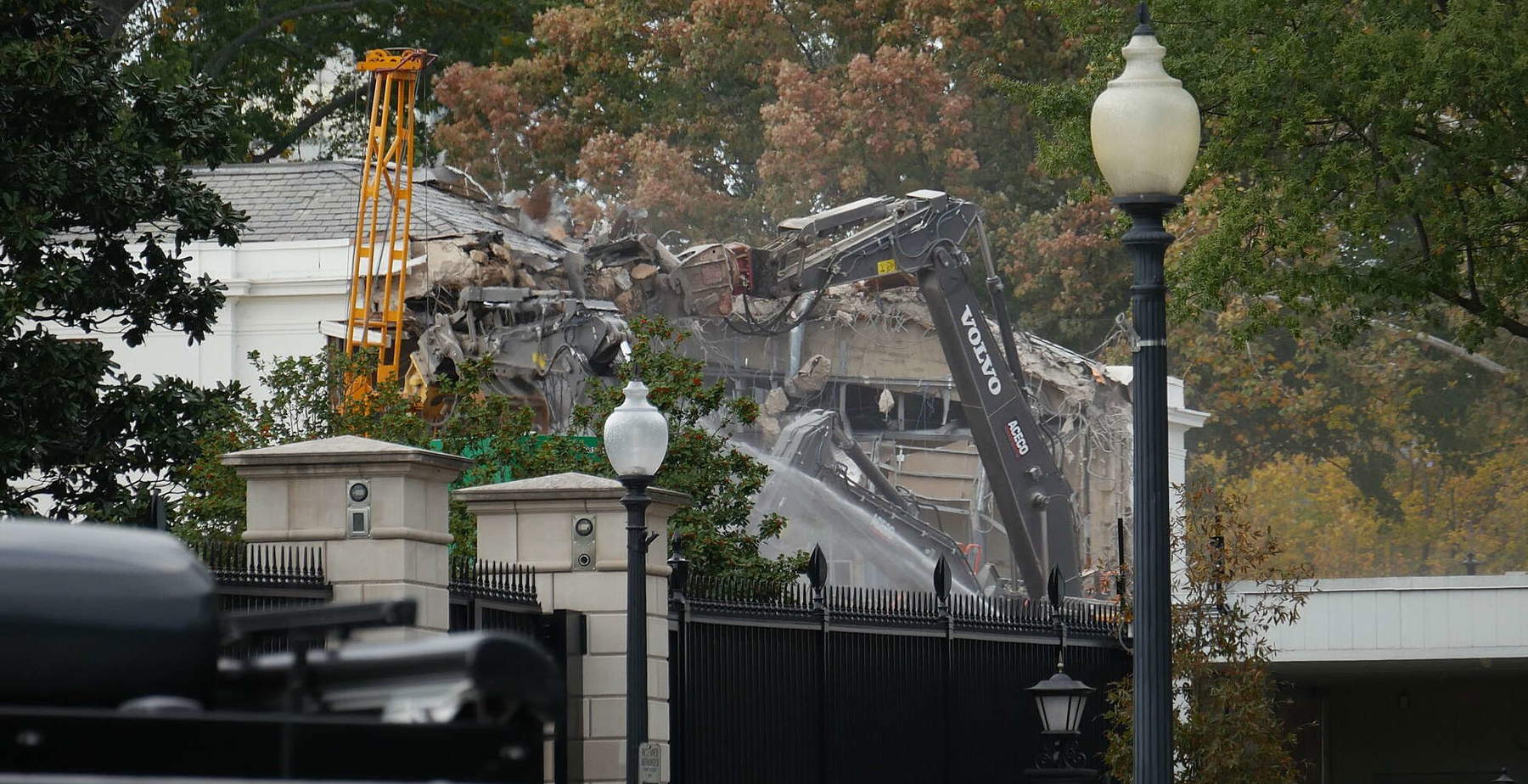 |
| Trump begins demolishing part of White House to build new Ballroom: controversy |
Warning: the translation into English of the original Italian article was created using automatic tools. We undertake to review all articles, but we do not guarantee the total absence of inaccuracies in the translation due to the program. You can find the original by clicking on the ITA button. If you find any mistake,please contact us.